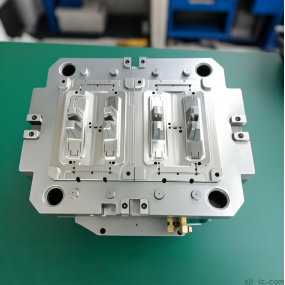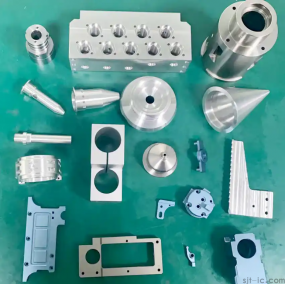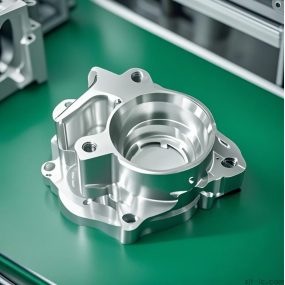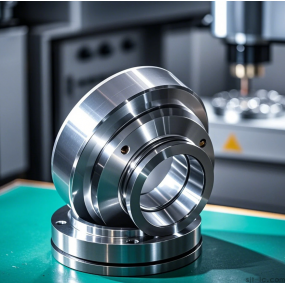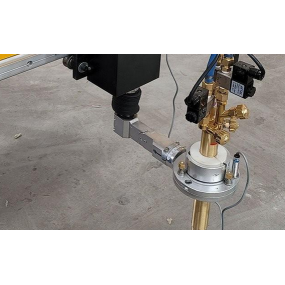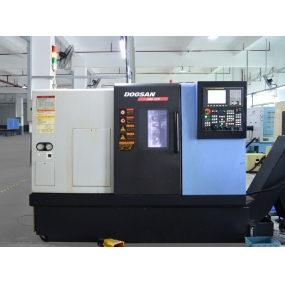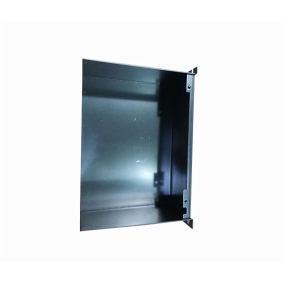Mechanical parts processing refers to the use of various mechanical processing methods to process raw materials or blanks into parts that meet design requirements. The steps of machining mechanical parts include: 1. Determine the part design drawings and conduct process analysis. 2. Choose appropriate processing materials. Develop a process route for machining parts, including rough machining, semi precision machining, and precision machining stages. 4. Determine the equipment, cutting tools, fixtures, measuring tools, and auxiliary tools required for each process. 5. Determine the technical requirements and inspection methods for each process. 6. Preparation work before processing, such as installing cutting tools, fixtures, measuring tools, etc. 7. Perform rough machining, remove excess raw materials, and preliminarily form the shape and size of the parts. 8. Perform semi precision machining to further improve the shape and size of the parts, in preparation for precision machining. 9. Perform precision machining to meet the requirements of the design drawings, including cutting, grinding, polishing, and other processing methods. 10. Conduct inspection and quality control to ensure that parts meet design requirements and quality standards. 11. Perform post-processing such as cleaning, rust prevention, packaging, etc.
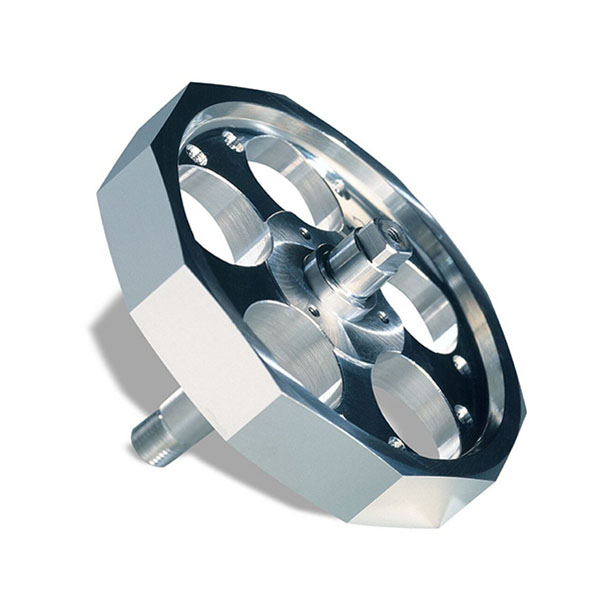


 Spanish
Spanish Arabic
Arabic French
French Portuguese
Portuguese Belarusian
Belarusian Japanese
Japanese Russian
Russian Malay
Malay Icelandic
Icelandic Bulgarian
Bulgarian Azerbaijani
Azerbaijani Estonian
Estonian Irish
Irish Polish
Polish Persian
Persian Boolean
Boolean Danish
Danish German
German Filipino
Filipino Finnish
Finnish Korean
Korean Dutch
Dutch Galician
Galician Catalan
Catalan Czech
Czech Croatian
Croatian Latin
Latin Latvian
Latvian Romanian
Romanian Maltese
Maltese Macedonian
Macedonian Norwegian
Norwegian Swedish
Swedish Serbian
Serbian Slovak
Slovak Slovenian
Slovenian Swahili
Swahili Thai
Thai Turkish
Turkish Welsh
Welsh Urdu
Urdu Ukrainian
Ukrainian Greek
Greek Hungarian
Hungarian Italian
Italian Yiddish
Yiddish Indonesian
Indonesian Vietnamese
Vietnamese Haitian Creole
Haitian Creole Spanish Basque
Spanish Basque

